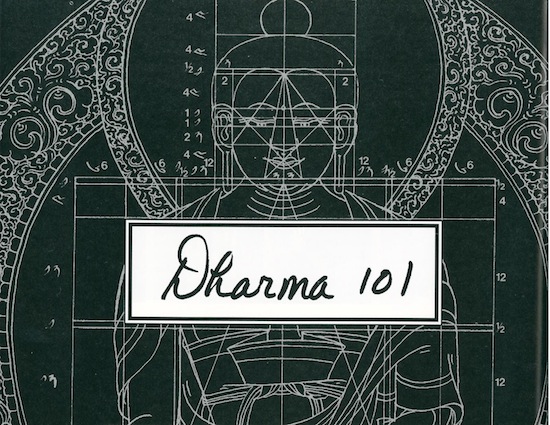
Dharma 101 is a sampling of the questions that commonly arise in the course of practice. In some cases, Buddhist teachers themselves identified the questions they most frequently hear from students. To those, we brought experiences from workshops, retreats, and classes—and asked some questions of our own.
While the inquiries may sound familiar to many dharma practitioners, the responses may not. This may point to a difference in view or understanding between teachers. Or it may indicate a difference in tradition.
Distinct flavors, practices, and styles inform the three primary vehicles—or yanas—of Asian Buddhism. Questions about enlightenment may prompt varying replies from, say, a teacher of the Mahayana tradition of East Asia and a guru of the Vajrayana School of Tibet. And a query about the Buddhist concept of emptiness might elicit a response from a teacher of the Theravada schools of Southeast Asia which differs from that of a master of Mahayana.
Yet in the West, where schools of many of these traditions are flourishing side by side, we are discovering that all the vehicles provoke common questions. And that basic teachings apply across the board.